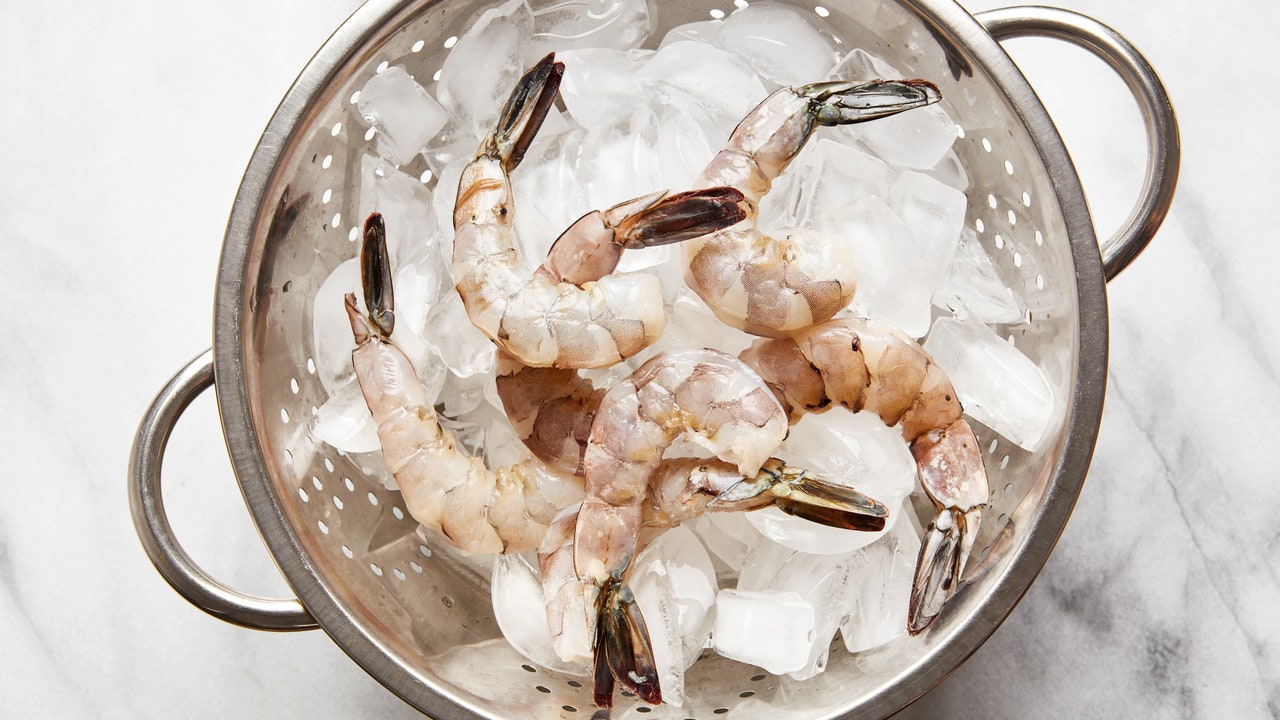Cooking with shrimp is a convenient and quick way to get dinner on the table. From simple scampi to lemony shrimp risotto, the options are endless. However, many recipes call for deveining shrimp, a step that can be time-consuming. But is it really necessary? Let's delve into the details.
Understanding Shrimp Deveining
Deveining shrimp involves removing the dark membrane along the outermost curve of the shrimp, which is actually the intestinal tract. While some find this step off-putting due to the presence of bacteria, it may not be necessary from a safety perspective if the shrimp will be cooked thoroughly. Chefs like Eric Ripert and Andrea Nguyen suggest that the size of the shrimp can determine whether deveining is essential.
Do You Really Need to Devein?
If you're cooking shrimp to the recommended internal temperature, deveining may not be crucial. However, if you plan to eat the shrimp raw, removing the tract can reduce the risk of foodborne illness. Ultimately, the decision to devein shrimp depends on personal preference and the specific recipe being prepared.
Cynthia Shanmugalingam, author of Rambutan, offers recipes that leave the option to devein up to the reader, highlighting that the membrane is not harmful.
The Easiest Way to Devein Shrimp
While many suppliers offer pre-peeled and deveined shrimp, deveining at home allows for better control over the cleaning process. By following a few simple steps, such as peeling and deveining the shrimp yourself, you can ensure a fresh and flavorful result.
Tools like the Shrimp Butler or the Good Grips Shrimp Deveiner from Oxo are available, but chefs recommend using a paring knife or hands for the task, as these tools may not offer significant advantages.
